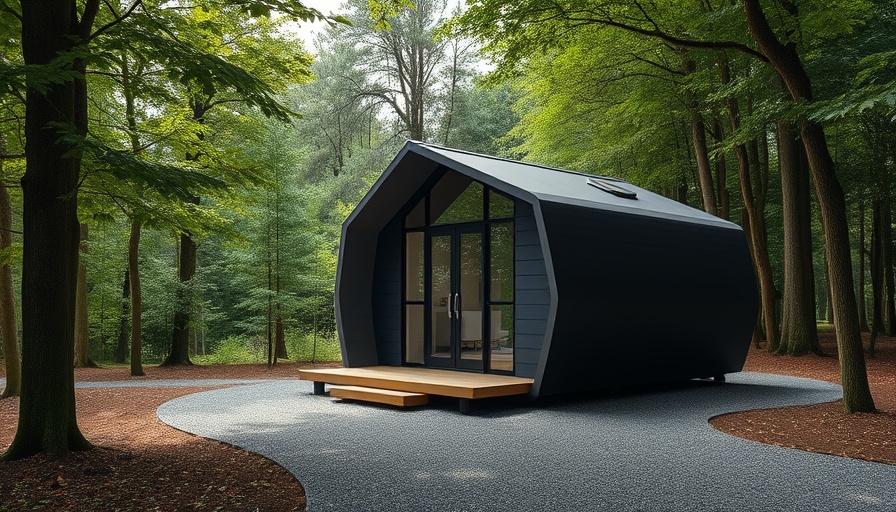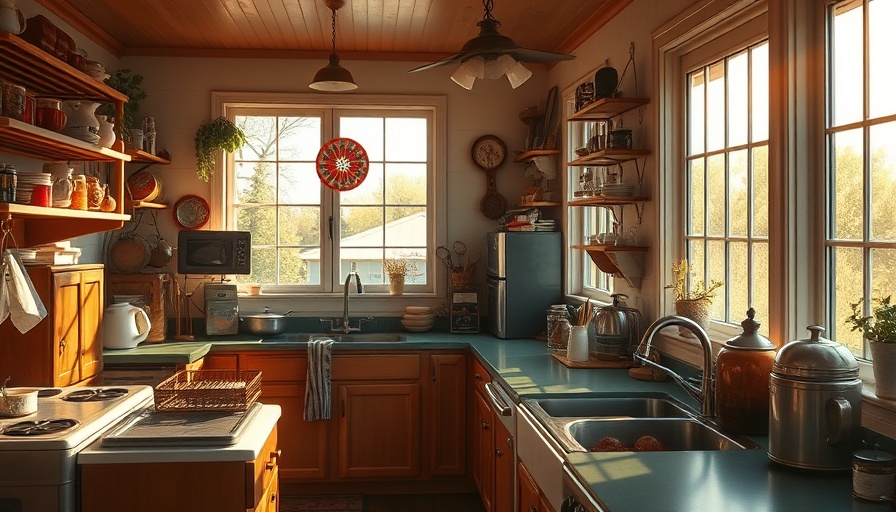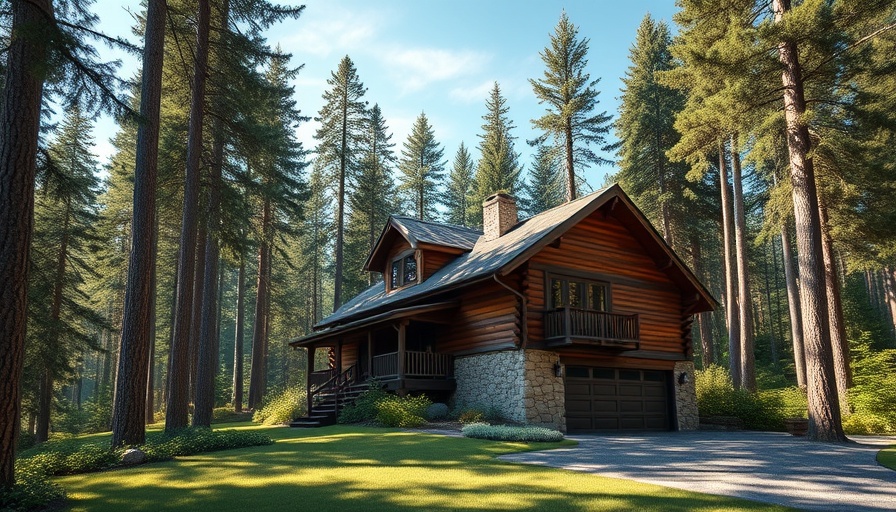
The Rising Trend of Granny Pods in Real Estate
Granny pods, also known as Accessory Dwelling Units (ADUs), are generating buzz within the real estate sector as they cater to the evolving needs of families, particularly when it comes to housing for seniors. By integrating these pod-like structures into residential properties, homeowners not only provide a nurturing environment for aging parents but also enrich their own living spaces while boosting property values. Many real estate agents are observing a growing interest in these units, a trend that reflects a shift in how modern families approach living arrangements.
Understanding the Anatomy of a Granny Pod
A granny pod typically spans between 250 and 900 square feet and includes essential amenities like a living area, bathroom, and kitchen, all designed for independent living. Not only are these units accessible, boasting features like wide doorways and non-slip flooring, but they also incorporate smart technology—allowing homeowners to monitor the wellbeing of their elderly relatives from a distance. This technological integration provides peace of mind, combining safety with independence.
Granny Pods: A Solution to Aging
As the U.S. population ages, granny pods serve as an innovative housing solution. In many states like Georgia and Texas, these structures are gaining popularity due to their compact size and the comfort they provide for older adults who might need care but wish to maintain a certain level of independence. The emotional benefits tied to this form of housing cannot be understated: elder family members can navigate their golden years surrounded by loved ones, helping to strengthen family bonds and enhance quality of life.
The Financial Benefits of Investing in Granny Pods
Granny pods also present a cost-effective living option. According to various real estate reports, adding such a dwelling can increase property values by 20-30% or more, presenting a lucrative opportunity for homeowners. When considering options against assisted living facilities—which can be expensive—granny pods emerge as a more affordable alternative, shielding families from soaring senior care costs while facilitating a better balance of care and independence.
Potential Challenges of Granny Pods
While granny pods provide numerous benefits, they aren't without challenges. Homeowners may face zoning restrictions, permitting hurdles, or financial burdens during the installation process. Local regulations can vary significantly, so it's crucial for prospective pod-owners to consult with their local government to navigate the legal landscape effectively. It is also essential to consider long-term implications and whether these investments will yield desired economic returns in a fluctuating real estate market.
Future Trends in Granny Pods and Senior Living
Looking ahead, the trend toward granny pods appears poised for growth. With the ongoing emphasis on affordable housing solutions and the increasing desire for multi-generational living arrangements, we may see more developers building community-oriented complexes that feature granny pods. Real estate professionals should be prepared to adapt to these shifts, as such properties may leverage greater interest from potential home buyers in the coming years.
Your Next Steps: Embrace the Granny Pod Revolution
For real estate agents and homeowners alike, the burgeoning popularity of granny pods marks an opportunity for lucrative investments and meeting community needs. Whether you are considering building a granny pod or discussing these possibilities with clients, embracing this innovative housing option can provide significant benefits. Educating yourself about the details surrounding permits, building codes, and design considerations is key to ushering in this trend effectively.
Discover how granny pods can transform your property and provide unparalleled living solutions for your family. With a blend of independence and care, granny pods might just be what the future of housing—and family life—looks like.
 Add Row
Add Row  Add
Add 




Write A Comment